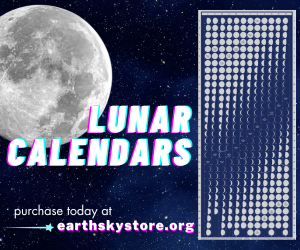M5, your new favorite globular star cluster
M5 in Serpens Caput is a refreshing sight through a small telescope, as thousands of stars cluster together into a tightly packed ball of this globular cluster.
Omega Centauri is the Milky Way’s largest star cluster
Omega Centauri is the Milky Way's largest globular star cluster and contains about 10 million stars. It's even visible from parts of the Northern Hemisphere.
May 30, 2023
The Coma Berenices galaxy cluster, best in April and May
Myriads of galaxies, visible only to those with telescopes, shine among the stars of the constellation Coma Berenices. This is the distant Coma Berenices galaxy cluster.
April 13, 2023
Rho Ophiuchi is filled with glorious color
One of the most colorful regions of the sky, Rho Ophiuchi showcases clusters and nebulae galore. This region is a great target for August nights.
March 16, 2023
The Beehive cluster: A swarm of 1,000 stars
The Beehive cluster is an open star cluster that lies near the center of the constellation Cancer the Crab. It goes by many names, including Praesepe and M44.
Meet the Crab Nebula, remnant of an exploding star
The Crab Nebula, the scattered fragments of a supernova, or exploding star, was observed by earthly skywatchers in the year 1054.
The Orion Nebula is a starry nursery
You can see the Orion Nebula as a fuzzy spot in the sky using just your eyes. It's really a vast cloud in space where new stars are forming. Learn more.
December 16, 2022
See Messier 20, the Trifid Nebula
If you have an extremely dark sky, you can see the Trifid Nebula on as a fuzzy patch in the Milky Way. Binoculars show more and a telescope even more detail.
M6 and M7 in the Scorpion’s Tail
M6 and M7 are star clusters near Scorpius’ stinger. But you’ll need a dark sky to see these faint but stunning stellar aggregations.
What are Messier objects?
What are Messier objects? They're a list of 110 star clusters, nebulae and galaxies, compiled by comet-hunter Charles Messier in the 1700s.








